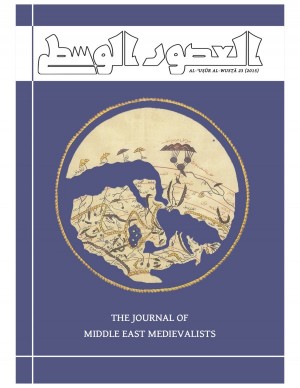Abstract
This paper studies the letter shape of the final jīm, ḥāʾ, and khāʾ in seven early Quranic manuscripts. Examination of the shape of these letters in these manuscripts reveals a graphemic distinction between the jīm, which lacks the typical curved tail, and the ḥāʾ and the khāʾ, which do have this tail. This distinction is lost in later Quranic manuscripts. I argue that the distinction between jīm and ḥāʾ/khāʾ is a continuation from the Arabic script’s origins in the Nabataean Aramaic script, which had distinct letter shapes for these signs. Contrary to what has been previously thought, the evidence adduced in this article shows that the merger happened in the Islamic period rather than in the pre-Islamic period.

This work is licensed under a Creative Commons Attribution-NonCommercial-NoDerivatives 4.0 International License.
Copyright (c) 2020 Marijn van Putten

